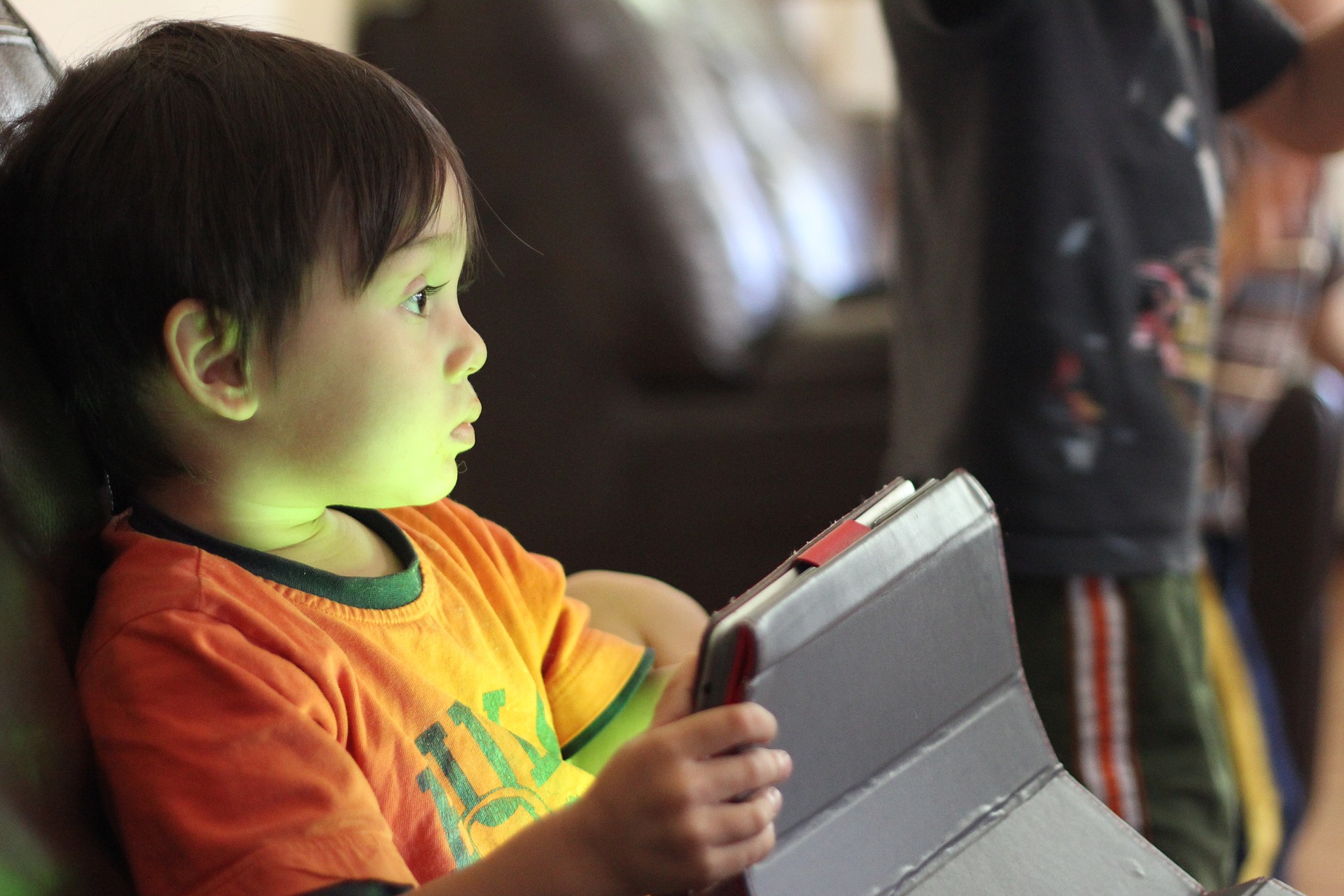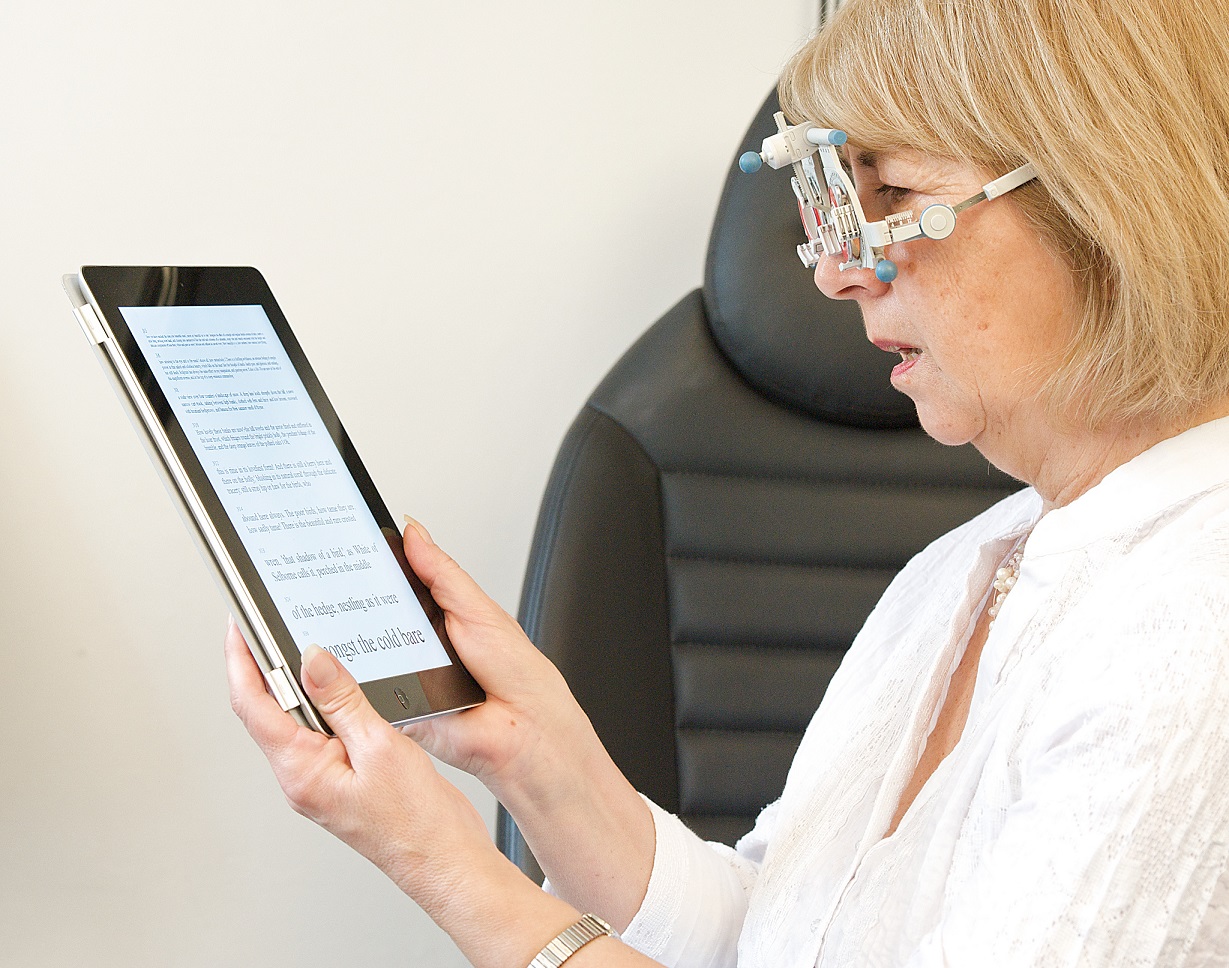Digital Screens and your eyes. What you need to know
There has been a monumental shift in the proliferation of technology over the last 5 years. The advent of digital devices, smartphones and tablets has touched and revolutionised so many areas of our lives. The way we connect, communicate and interact with others. The way we create and consume media, from taking and sharing pictures to reading books, watching videos and listening to music. The interaction models involving people, processes and products have undergone fundamental change.
Babies and infants are growing up learning how to interact with these devices in nearly the same way as they learn to walk or talk. There are now significant parts of the population, including adults who have never known a time without the internet, email or the world-wide web as being integral to the way they live and work.
One of the most interesting changes seen in the last few years is that the use of this technology is rapidly enhancing the lives of the older generation too. Smartphone and tablet adoption in the over 65s is growing at a faster pace than most other age groups.
This change in habits and the use of digital screens brings its own set of challenges at each stage of our lives. Our visual demands change with each stage of life and we use devices differently depending on these needs. In turn, we require our eyes work at their best for each stage of life and the changing demands we place on them.
The last 5 years have seen an increase in visual problems amongst young children. One of the primary factors for this is that children now spend more time indoors on digital devices than previous generations. Interacting with the physical world, especially the outdoors, is essential for the development of visual skills and has been since time immemorial. The shift of living more in the digital world than the physical will impact the lives of the current technology-native and future generations. That is why it is imperative that we take care of our eyes by detaching ourselves and our children from their mobile and digital devices regularly.
This trend continues through to adolescence where further habits of device use become more entrenched and an integral part of life as sure as eating or breathing. Technology is not just an extremely powerful tool for education, learning and work but it’s the principle method of communication, social interaction, entertainment and connection to the world for this generation. However, the additional demands on their visual systems can increase the risk of myopia, eye strain, impaired concentration as well reduce creative and critical and thinking skills.
Over the last 30 years the world of work has slowly but surely undergone an equally seismic revolution. Computers and devices have encroached into nearly every process, not just crunching data and numbers but also for stockroom workers, delivery companies and taxi drivers. This means that our eyes are faced with new challenges at work in a completely new way compared to previous generations.
Over the next few articles I will discuss the risks and problems faced at each stage of our lives and what you can do to reduce the risk to your eyes and visual system as well as improve visual comfort and performance when using digital devices.

Early Development
Infants are being exposed to devices from a much earlier age.

Formative Years
As we learn to read and write and start to use devices for communication as well as education

At Work
The way we use our eyes at work is now dominated by device use.

Later Life
The older generation are taking to devices faster than any other generation.

